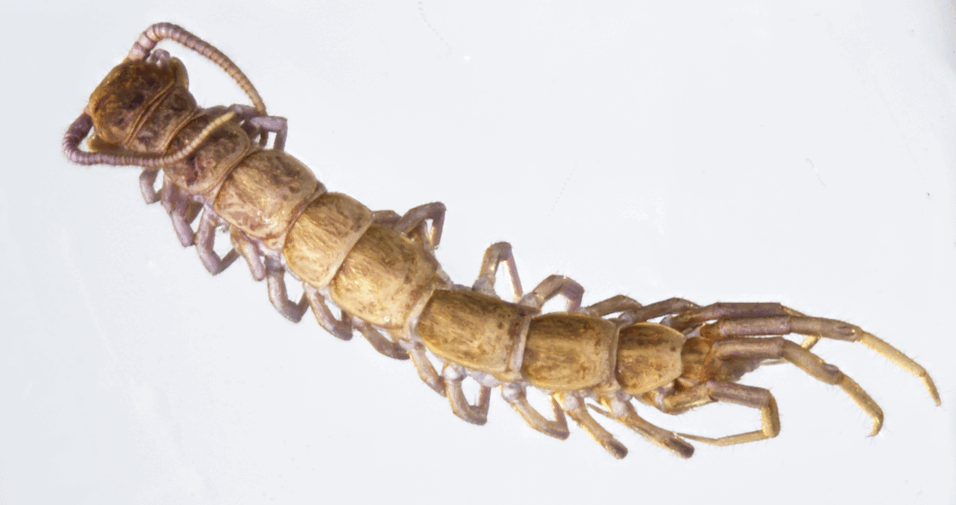Advisors: Nesrine Akkari, Andreas Wanninger
Master's Defensio - Thursday, July 29th 2021, 17:00
online via Zoom
Über diesen Link können Sie direkt dem Zoom-Meeting beitreten:
univienna.zoom.us/j/98356930172
Sie können auch über den Zoom-Client teilnehmen, wenn Sie folgende Daten verwenden Meeting-ID: 983 5693 0172 Kenncode: 308448
Abstract
Many lithobiomorph centipedes present a pronounced sexual dimorphism reflected in remarkable modifications and structures on the ultimate legs of male specimens, including thickenings, grooves, tubercles, greater glandular systems and sensory structures. There is not much known about their diversity, detailed morphology and their possible role during reproduction. In this study, nine species of the two lithobiid genera Lithobius Leach, 1814 and Eupolybothrus Verhoeff, 1907 were investigated using light microscopy and scanning electron microscopy (SEM) to examine and document the detailed morphology of secondary sexual characters on male ultimate legs. Secondary sexual cuticular modifications were often associated with sensilla, interpreted here as chemo- and mechanoreceptors, and with pores that were arranged in clusters, a hitherto undescribed distribution. The cuticular modifications of the species Lithobius nodulipes Latzel, 1880 were additionally examined with micro-computed tomography (µ-CT) and histological semi-thin sections, which revealed that the clustered pores are probably related to the glandular system found inside the cuticular modifications. The presence of a high number of sensory and glandular structures associated with secondary sexual characters indicate a possible role during courtship and mating. Closely related species show similarities in their secondary sexual characters, but still these structures are highly species-specific. This study illustrates different degrees of sexual dimorphism in lithobiid centipedes, ranging from subtle to highly complex. The detailed comparative data on a microstructural level presented here, along with the histological information and physiological interpretations, is perhaps a first step towards understanding some aspects of the reproductive biology of the group.


